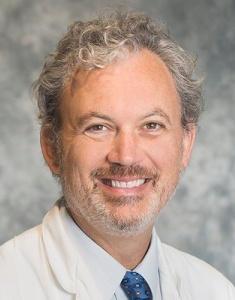As a family medicine physician who has been in practice for many years, I recently found myself dealing with the loss of five of my patients — all of whom were in my care for more than a decade — over the course of just four months. It was a bit of a shock and I have spent quiet moments reflecting on my care for them and relationships I had with them over time.
I know that I am not alone. Many physicians who have longitudinal relationships with their patients are challenged, and I suspect surprised, by this phenomenon and how to address it. Enduring relationships with patients and grieving the loss when they are gone have been made more complicated to manage and process.
Over the past seven years there have been tremendous changes in the health care system that have put pressures on these relationships: utilization review of standards, balance score cards, cost containment, and defensive medical practices, etc., have all threatened the doctor-patient relationship and allowed less time to sit and reflect on these losses.
I realized pretty quickly that I did not always consider the supportive resources available for aging patients, including personal support services such as palliative care, home hospice, and phone consults for pain control to name a few. But these services are underutilized and oftentimes when they are used, it is later than would have been preferred based on the patient's expected length of life, comorbidities and mortality risk.
I recall an experience in medical school which reminds me of how the medical community, and providers especially, could do a much better job facing loss with our patients. At the end of a year-long anatomy class during my first year, our anatomy professor and all the first-year students were brought together in the solemn space to recognize and celebrate the lives of our cadavers and the precious gift that they had given in donating their bodies for us to study.
A letter from one of the people, who had given her body over to us, was read to the class. She told the story of her life and the poor health choices she had made, and her hope for us was to learn in her death from the mistakes she had made in life. Ultimately, the message was one of thanks and celebration of those who had offered this priceless gift to a group of young medical students who needed to learn in a way that was only possible through that sacrifice.
But this story is ultimately about the living, the patients we care for and in the way we, as health care providers, recognize that death is a natural part of living. We must find the courage to accept that all lives end and that it is just as important to recognize the limits of modern medicine and ease suffering as it is to prevent illness, diagnose and treat disease, and prolong quality life years.
John Ragsdale is chief of the Division of Family Medicine and vice chair for clinical services for the Department of Community and Family Medicine. Email john.ragsdale@duke.edu with questions.
Editor’s note: A member of the Division of Family Medicine leadership team guest blogs once a month. Blogs represent the opinion of the author, not the Division of Family Medicine, the Department of Community and Family Medicine or Duke University.
